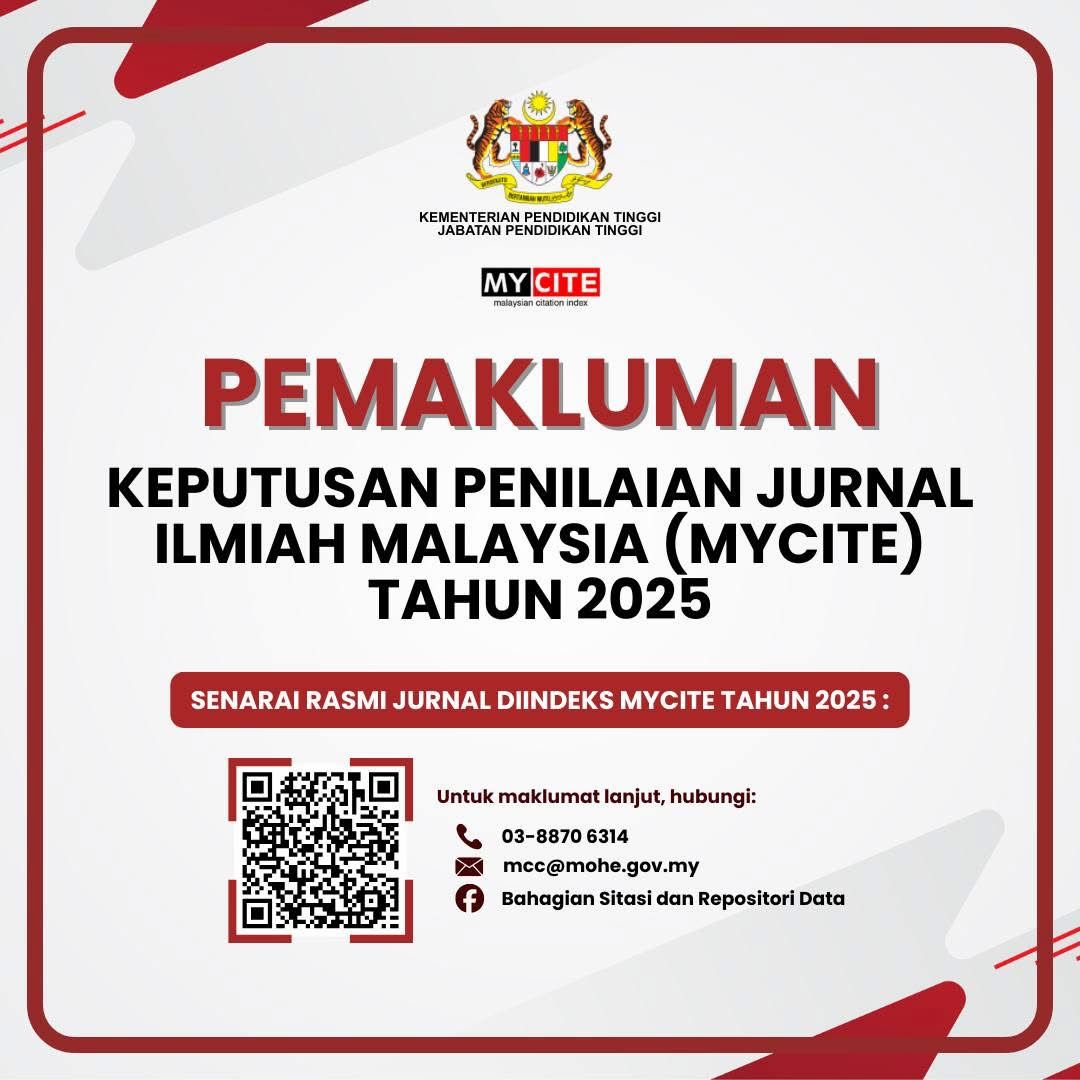Adaptation of Nusantara Fable Story in a Circus Show
DOI:
https://doi.org/10.24191/idealogy.v5i2.225Keywords:
Circus, Fable, Indonesia, Performing ArtsAbstract
Along with the times, traditional arts slowly began to fade. So, it is with traditional folk tales. It is important to keep traditional stories known and understood by children. Introducing the arts, especially performing arts, can be done from an early age, carried out by parents, teachers, to certain communities. For children, of course, an easy and interesting way is needed so that they can be enjoyed until a show is over. The concept of the show 'The Fabulous Fable Show; Circus and Theater 'is a concept that was initiated as a form of love for the local culture of the archipelago, collaborated with circus performances as one of the main branches of the performing arts. Circus shows generally feature attractions such as juggling, spinning, acrobatics, or attractions that use animals such as lions, tigers, elephants, and others. To make this show even more interesting, the concept maker included a theatrical element by bringing up the fable story from Indonesia. The fable story was chosen because the characters used were taken from animals and made children interested in the play that was performed. From there, children can recognize emotional expressions, such as joy or sadness that arise from a dance movement or song that is played.
Keywords: Circus, Fable, Indonesia, Performing Arts
References
Astawa, N. (2019). Buku Cerita Fabel Berbasis Pendidikan Karakter Untuk Siswa Sekolah Dasar Kelas Tinggi. Jurnal Lentera Pendidikan Pusat, 4, 126–143. http://ojs.ummetro.ac.id/index.php/lentera/article/view/1144
CNN Indonesia. (2018, November 15). Kelompok Sirkus Legendaris Indonesia Bakal Tampil di GBK. Diakses pada 10/08/2020, dari https://www.cnnindonesia.com/gaya-hidup/20181115181538-269-346912/kelompok-sirkus-legendaris-indonesia-bakal-tampil-di-gbk
Panolih, K. P. (2020, February 22). Kejayaan Legenda Sirkus Indonesia –. Kompas.Id. https://kompas.id/baca/riset/2020/02/23/kejayaan-legenda-sirkus-indonesia/
Rahwanda, A., Agustina, E., & Sarwono, S. (2019). Pantun Pada Seni Pertunjukan Beroyal Dalam Bimbang Pernikahan Suku Melayu Di Desa Pasar Bembah. Jurnal Ilmiah Korpus, 3, 253–261. https://ejournal.unib.ac.id/index.php/korpus/article/view/11627
Rizqi, V. L. P. (2018, November 25). Saksikan Hebatnya Sirkus Kelas Dunia, The Great 50 Show. Diakses pada 11 Agustus 2020, dari https://www.motherandbaby.co.id/article/2018/11/52/11289/Saksikan-Hebatnya-Sirkus-Kelas-Dunia-The-Great-50-Show
Sedyawati, E. 2012. Budaya Indonesia Kajian Arkeologi, Seni, dan Sejarah. Jakarta: PT Raja Grafindo Persada.
Sumardjo, J., Dwimarwati, R., & Jaeni. (2001). Seni Pertunjukan Indonesia: Suatu Pendekatan Sejarah. Bandung: STSI Press
Wall, D. (2013). The Ordinary Acrobat: A Journey into the Wondrous world of the Circus, Past and Present. Knopf Doubleday Publishing Group.
Zaidan, Abdul Rozak, Anita K. Rustapa, dan Haniah. (2007). Kamus Istilah Sastra. Jakarta: Balai Pustaka.
Downloads
Published
Issue
Section
License
UiTM Press (the Publisher) has agreed to publish the undersigned author’s paper in Idealogy Journal. The agreement is contingent upon the fulfilment of a number of requirements listed below.
1. The undersigned author warrants that the paper entitled below is original, that it is not in any way libellous or unlawful in Malaysia, that it does not infringe any copyright or other proprietary right. The undersigned hereby represents and warrants that he/she is the author of the paper, except for material that is clearly identified as to its original source, with permission notices from the copyright owners where required. The undersigned represents that he/she has the power and authority to sign and execute this agreement.
2. The undersigned author warrants that the paper entitled below has not been published elsewhere, and also it will not be submitted anywhere else for publication prior to acceptance/rejection by this Journal.
3. By submitting the paper entitled below, the undersigned author agrees to transfer the rights to publish and distribute the paper in an international e-journal (entitled above) to Publisher.
4. The undersigned author agrees to make a reasonable effort to conform to Publisher's submission guidelines and to liaise with the editor to ensure that the requirements of these guidelines are met to a reasonable degree.
5. The corresponding author signs for and accepts responsibility for releasing this material on behalf of any and all coauthors. This agreement is to be signed by at least one of the authors who has obtained the assent of the co-author(s) where applicable. After submission of this agreement signed by the corresponding author, changes of authorship or in the order of the authors listed will not be accepted.




